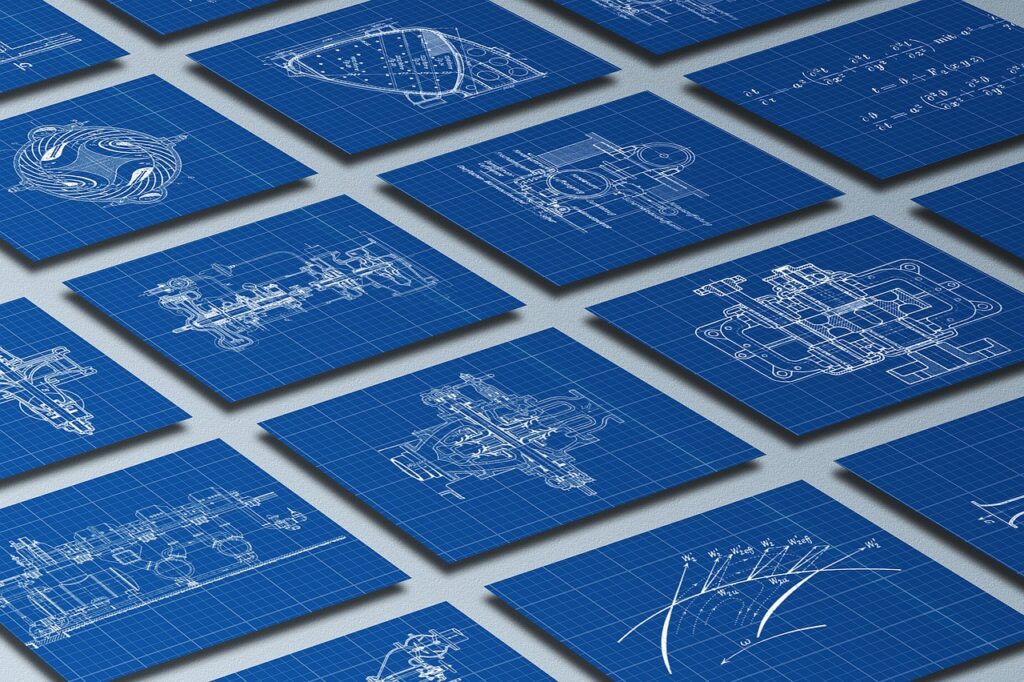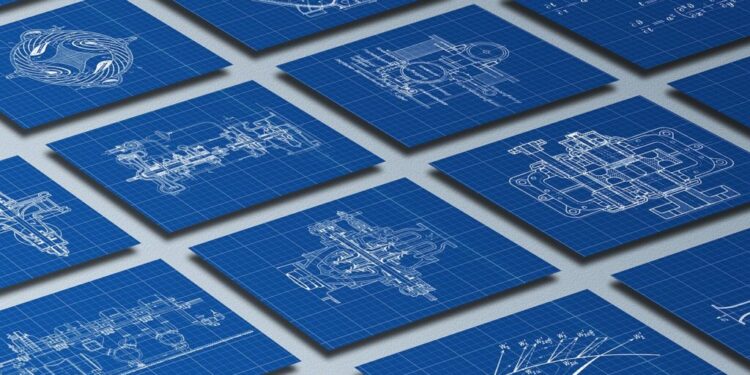Global Avionics Round-Up from Aircraft Value News (AVN)

The aerospace industry has always been at the forefront of technological innovation, and the latest advances in computer-aided design (CAD) and computer-aided manufacturing (CAM) are reshaping avionics development. These tools are driving unprecedented precision, efficiency, and creativity in designing and manufacturing avionics components.
From Concept to Cockpit: A Digital Transformation
Modern CAD systems allow engineers to create intricate 3D models of avionics systems with remarkable detail. These designs incorporate real-world simulations, enabling engineers to test performance under various conditions before physical prototypes are built. This not only reduces development time but also minimizes errors, leading to safer and more reliable systems.
On the manufacturing side, CAM technologies are enabling the production of complex components with great accuracy. Advanced robotics and additive manufacturing techniques, such as 3D printing, are streamlining production, reducing waste, and cutting costs.
A Ripple Effect on Aircraft Values
These technological advances are significantly impacting the market dynamics of aircraft values. Aircraft equipped with state-of-the-art avionics designed and manufactured through CAD and CAM systems are commanding premium base values and lease rates. Their enhanced efficiency and reliability are attractive to airlines looking to optimize operational performance.
CAD technology enables precise and efficient aircraft design, allowing manufacturers to optimize aerodynamics, weight distribution, and fuel efficiency. For example, the Airbus A350 family, developed using advanced CAD tools, boasts a lightweight composite structure and superior fuel efficiency. These attributes not only make the aircraft more environmentally friendly but also reduce operational costs for airlines, boosting its market demand. Consequently, the base values and lease rates of such aircraft models remain robust, even in volatile economic conditions.
Similarly, Boeing has leveraged CAD advancements for its 787 Dreamliner, enhancing its design to prioritize passenger comfort and efficiency. These improvements, driven by CAD, make the aircraft highly appealing to lessees, sustaining its lease rates despite Boeing’s broader regulatory challenges.
CAD/CAM innovations lead to cost savings that manufacturers can pass on to operators, enhancing the appeal of newer aircraft models. For example, the Airbus A220 also benefits from CAM advancements, allowing it to offer a competitive mix of performance and affordability. As a result, its base values and lease rates have remained attractive, particularly among regional carriers.
Aircraft models that leverage these technologies are better positioned to meet evolving regulatory and environmental standards, a critical factor driving lessee preferences. This trend accelerates the depreciation of older models, creating a widening gap between the base values and lease rates of next-generation aircraft and their predecessors.
Conversely, aircraft with legacy systems are becoming less desirable. In particular, as more airlines adopt cutting-edge avionics, older models face reduced demand, pressuring their market values.
As CAD and CAM technologies continue to evolve, they are not only enhancing avionics but also paving the way for more sustainable and efficient aircraft. These tools are instrumental in the industry’s pursuit of greener aviation, enabling the design of systems that optimize fuel consumption and reduce emissions.






